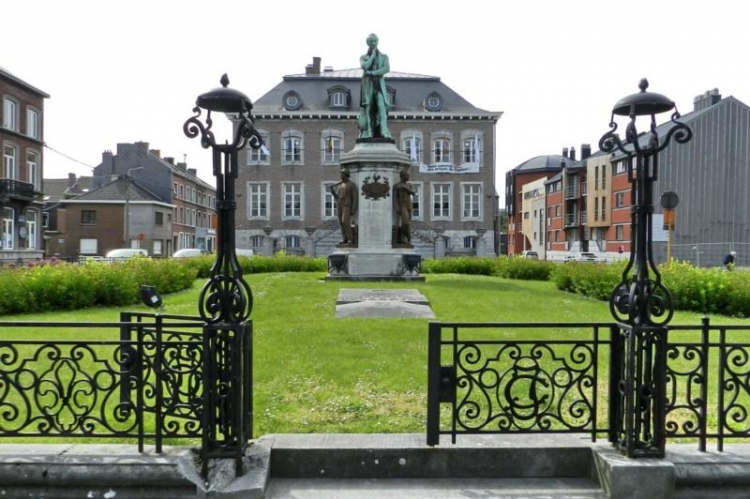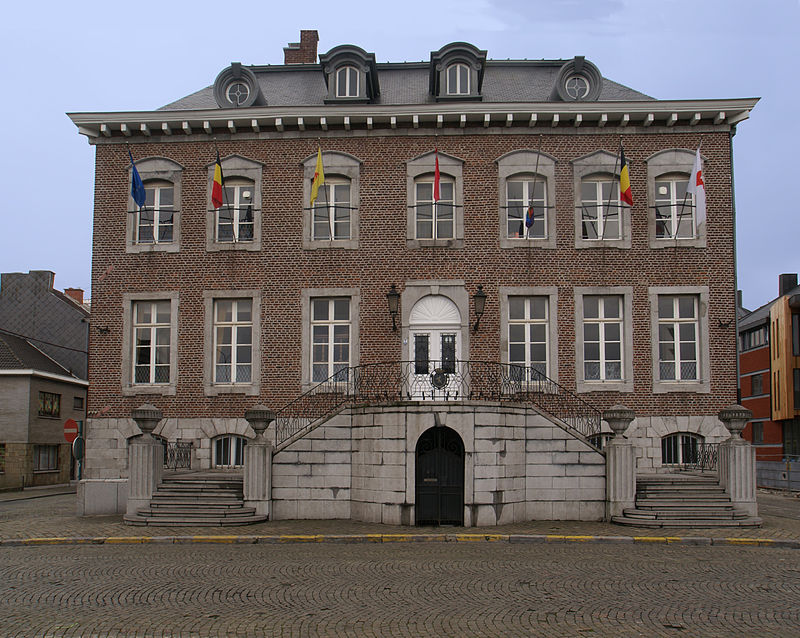Seraing is a Belgium city in the Walloon region, located on the banks of the river Meuse. With only 64,000 inhabitants it is a fairly small city, but can be a useful destination as a base for exploring the larger conurbation of Liege, which is just 13 km away. The main reputation of the city is as the birthplace of the Belgian steel industry, and the urban and wider landscape is littered with coal mines, blast furnaces and coking plants which have been present since the 19th century. The general decline in heavy industry taking place across the developed world has impacted upon Seraing and this has led to the city launching an ambitious plan for urban renewal and large scale redevelopment.
The plan is based over the next 40 years and includes infrastructure in the form of buildings and roads and a long term scheme to greatly reduce the cities carbon footprint. The fact that Seraing has risen to the challenge of the post heavy industry age, and is working to create a healthier, more pleasing and sustainable urban environment indicates that it has a bright future ahead of it.
History
Remnants, including weapons and jewels, have been unearthed in Seraing, indicating that there have been people living here from as early as the 5th and 6th centuries. The first documented mention of a settlement in the area dates from the year 956, when it was known as Saran. At that time and through the Middle Ages the area which is modern Seraing was committed to defending the city of Liege from any invading forces, and it didn’t begin to emerge as a destination in its own right until the late 18th century. This was when factors such as the discovery of coal and the presence of the river Meuse combined to make Seraing a centre for industrial activity. Through the decades, many more plants and foundries were founded in Seraing and the abundance of affordable coal also led to the establishment of several glass working businesses, the most famous of which, the Val Saint Lambert, dates from 1826 and is still probably the most popular visitor attraction in Seraing.
Photo by flamenc



